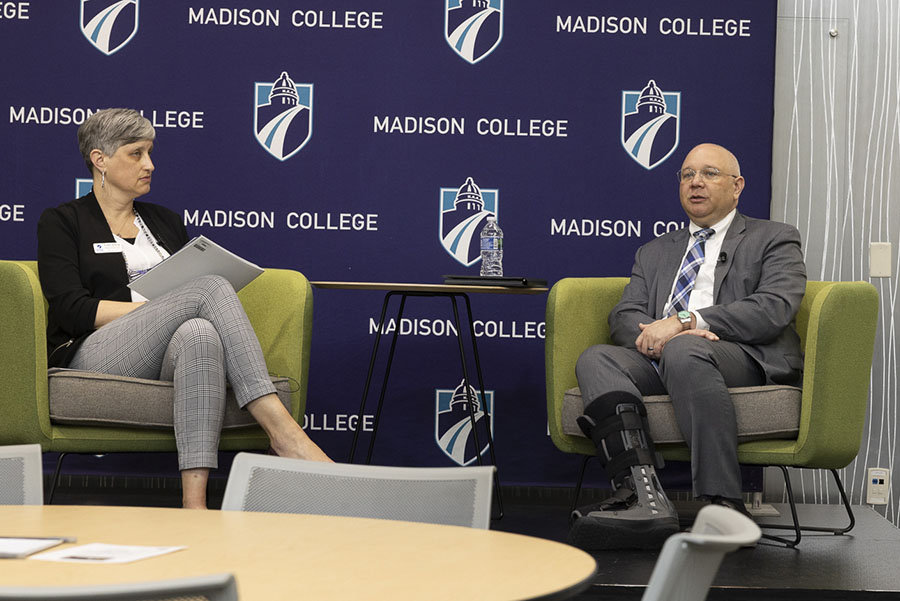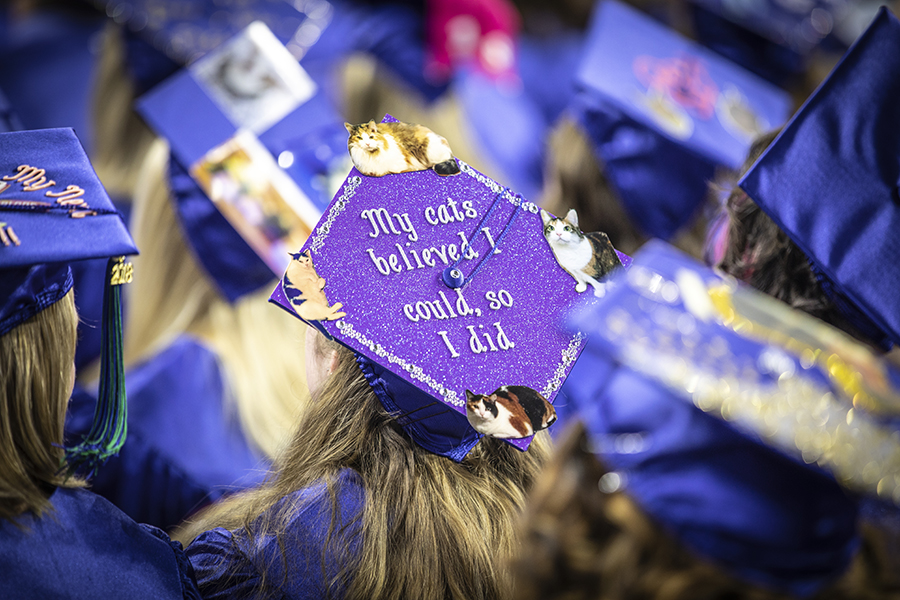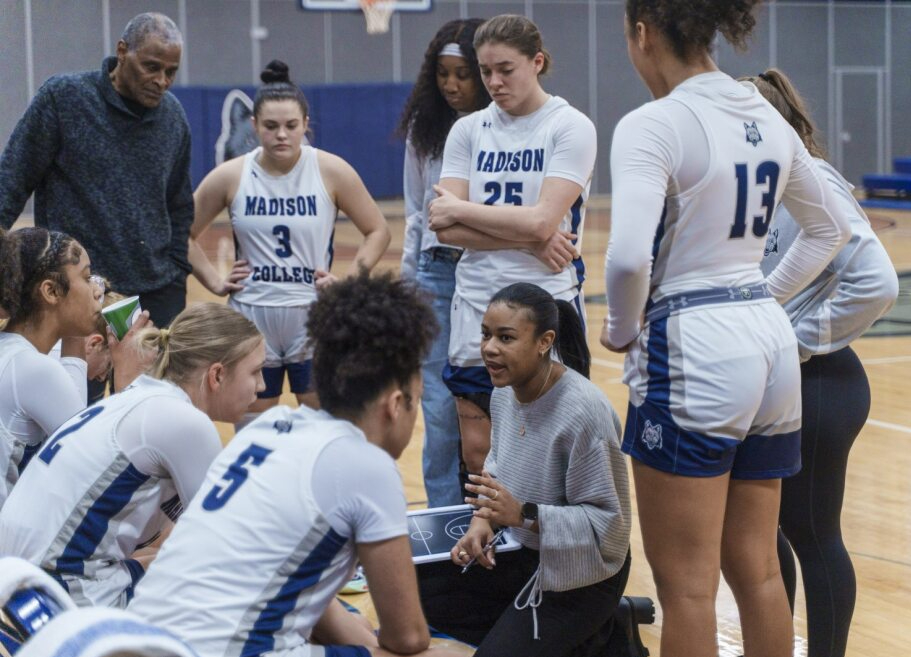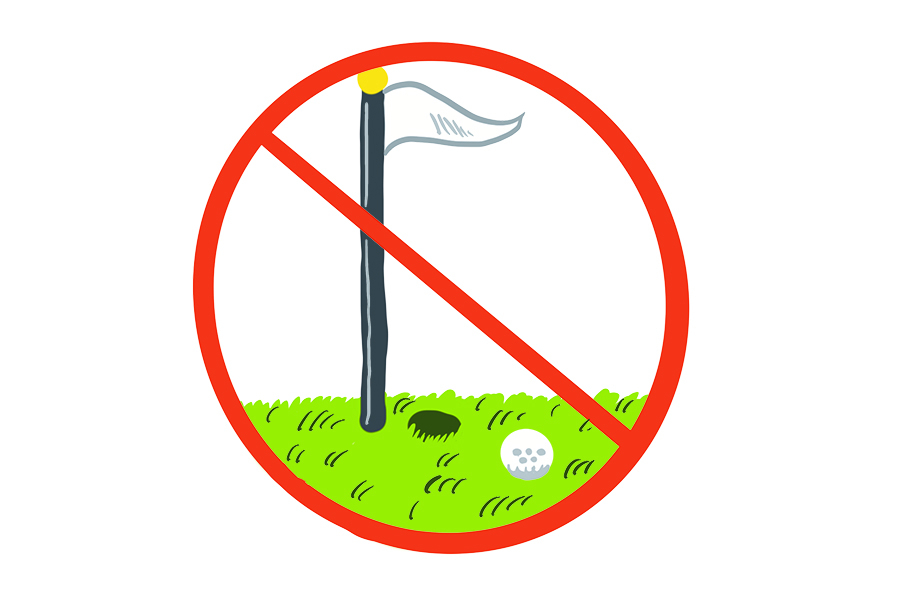Is the grass greener?
Golf courses cause more harm environmentally than good
November 10, 2021
When I was in middle school, the grass really was always greener on the other side. I lived right next door to a golf course. Often my siblings and I biked past it, collecting as many stray golf balls as we could. With a total of eighteen holes, we found plenty of balls to bring home.
Lately I’ve had mixed feelings about golf. Though there have been moves in the last decade by the United States Golf Association and the Professional Golf Association to reduce their negative impact on the environment, there are still flaws.
The average 18-hole course is 150 acres, which is about 122 football fields of land. That’s a lot of grass that needs to be watered and kept weed free. An estimate of 312,000 gallons of water per day is used each day on US golf courses.
Though the pesticides used to keep the grass green and the weeds dead are registered products, there can still be hazards. There can be chemicals making their way into the water or air, which is harmful to the environment.
Before these problems even come into play, there’s the problem of land. Sometimes courses are built on condemned land. This allows the land to be used where it would typically be a waste of space. It also allows the land to recover because of the care and daily maintenance required to upkeep a course. Unfortunately, they are not always built on condemned land. There are cases where trees, bushes and natural wildlife have to be cleared to make room for the fairway.
Animals can also be harmed by golf courses. In 2016, alligator-like caiman were making their way onto a course in Rio. They were slipping into the ponds and staying there. Not only does it pose a risk to golfers, but the pesticides in the water put the caiman at risk. Another story in the Seattle Journal of Environmental Law tells of Utah prairie dogs being caught in live traps and re-released elsewhere. There are many stories about animals that make their way onto golf courses.
There’s also the issue of accessibility. Memberships at the golf course in my hometown are almost $800 for one person. This is cheaper than the US average, anywhere from $1,000 to $5,000 a year. For people who don’t have many financial resources and young people in school, these prices are unattainable. In 2018, a survey showed that 72% of golfers in the US are white. With high prices and low diversity, golf just isn’t accessible for many people.
After reading all of this, you’re probably thinking that I hate golf. Though I think there are flaws with the current world of golf, I don’t think it’s evil. Many people enjoy playing golf and have a chance to socialize with others because of it. I enjoy a round of minigolf, as do most people my age. There are definitely ways golf courses could be improved, but that doesn’t mean they should be wiped out entirely.































